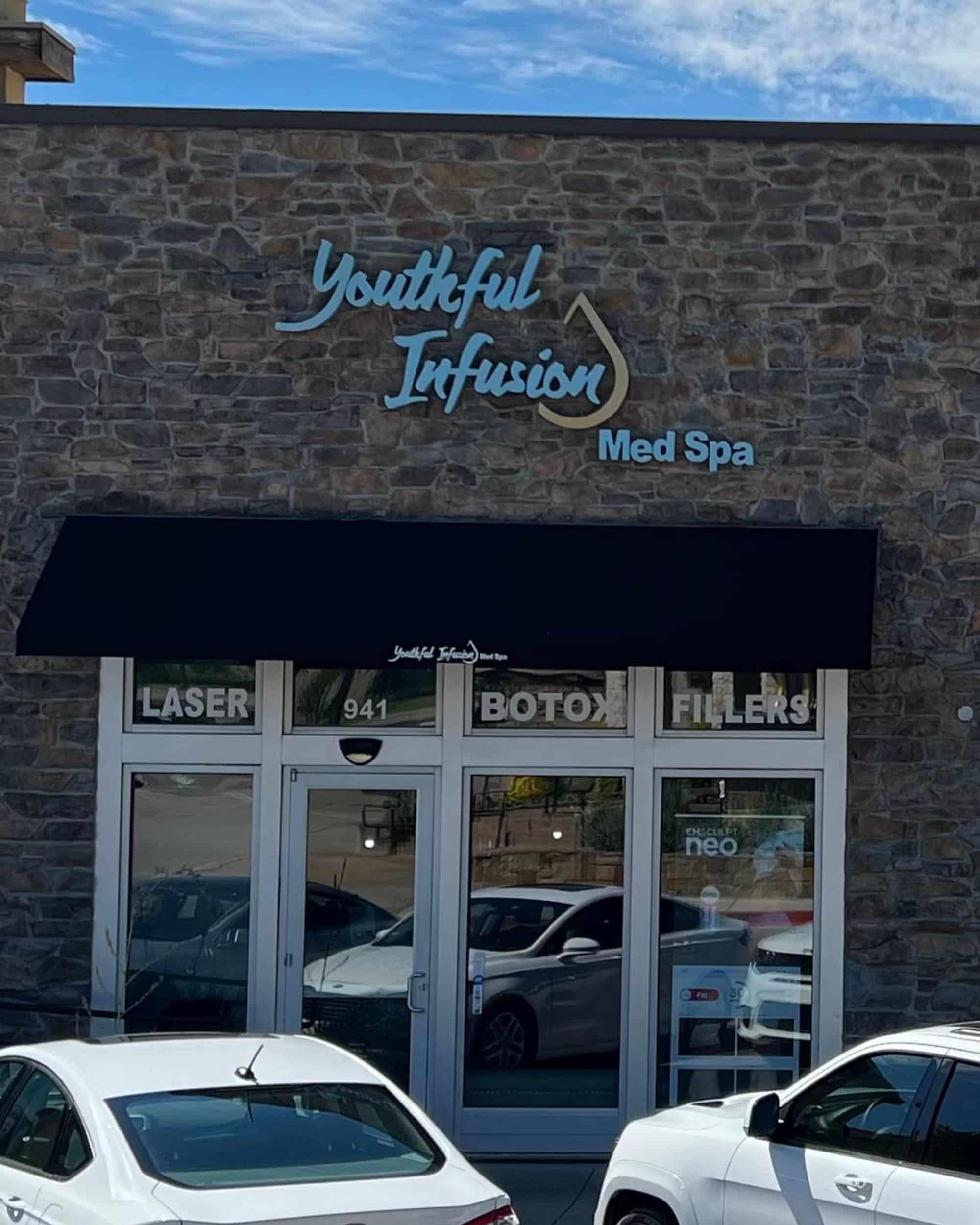Skin cancer and sun-damaged skin conditions are on the rise. In the US, melanoma cases have tripled since 1975.1 Non-melanoma skin cancers rose 77% from 1994 to 2014.2 More recently, sun-damaged skin treatments increased by 63% from 2016 to 2018.3
The sun damages skin in two ways. The sun’s heat dries skin and depletes it of natural lubricating oils. At the same time, ultraviolet (UV) radiation from the sun can burn skin and alter its structure.4
The cause of increasing sun damage is uncertain. It could include changes in the global environment or evolving lifestyles, but whatever it is, it shows no signs of slowing. As a result, dermatologists and cosmetic practitioners can expect to see more patients seeking treatment for a wider variety of sun-damaged skin conditions.
Laser therapy treats many of the signs of sun-damaged skin
The signs of sun-damaged skin include wrinkles, age spots, loose skin, spider veins, and a blotchy or ruddy complexion. These symptoms can be treated individually with a variety of therapies, including moisturizers, retinoids, injectable fillers, Botox, chemical peels, microdermabrasion, and laser resurfacing. But while some therapies can treat just a few isolated symptoms, only laser resurfacing can effectively treat them comprehensively.5 Laser treatment is also an effective method of treating precancerous skin conditions, like epidermal skin cancers.6
Why treat sun-damaged skin with laser therapy?
The American Society for Dermatologic Surgery recommends laser therapy for the treatment of sun-damaged skin and cites the following benefits:6
- Less need for pain medication
- Increased energy for cells in the treatment area
- Improved immune response
- Improved healing response
- Promotes collagen for new skin production
- Better lymphatic drainage for less swelling
- Improved blood circulation in treatment area
- Reduced inflammation
Sun-damaged skin benefits from hybrid laser treatment
To effectively correct all the signs of sun-damaged skin, treatment needs to target elastosis in both the epidermis and dermis. In addition, treatment can be made more effective by combining both ablative and non-ablative (coagulative) therapies at the same time. Currently, this type of combination treatment is only available with a hybrid laser.
HALO® hybrid fractional laser provides ideal treatment
HALO is the world’s first and only hybrid fractional laser that delivers an ablative and non-ablative wavelength to the same area at the same time. In combination, these two targetable wavelengths provide unique and powerful benefits.
Non-ablative wavelength
The non-ablative wavelength (1470 nm) is tunable from 250 to 700 microns to effectively treat the epidermis and papillary dermis. This wavelength is ideal for correcting epidermal and dermal elastosis, including wrinkles, age spots, loose skin, enlarged pores, spider veins, and discoloration.7
Ablative wavelength
The ablative wavelength (2940 nm) is tunable from 20 to100 microns and provides pure ablation with no bulk heating. This process removes the epidermal layer, promotes collagen formation, and causes skin retraction and tightening. This wavelength effectively treats more severe wrinkles and dyspigmentation and improves the general appearance of the skin.7 It also speeds healing through faster clearance of microscopic epidermal necrotic debris (MENDS).
HALO is the laser of choice for sun-damaged skin
Lasers provide the most effective treatment for sun-damaged skin, and HALO is the optimal laser. By delivering both fractional ablative and non-ablative laser wavelengths in the same pass, HALO treats the damage you can and cannot see at the same time. Patients receive both ablative and non-ablative results with non-ablative recovery times. What’s more, the dual wavelengths can be delivered in many different permutations of depths and coverage to customize the optimal treatment for each patient. On the review site RealSelf.com, 88% of patients say the HALO treatment is “Worth It.”8











